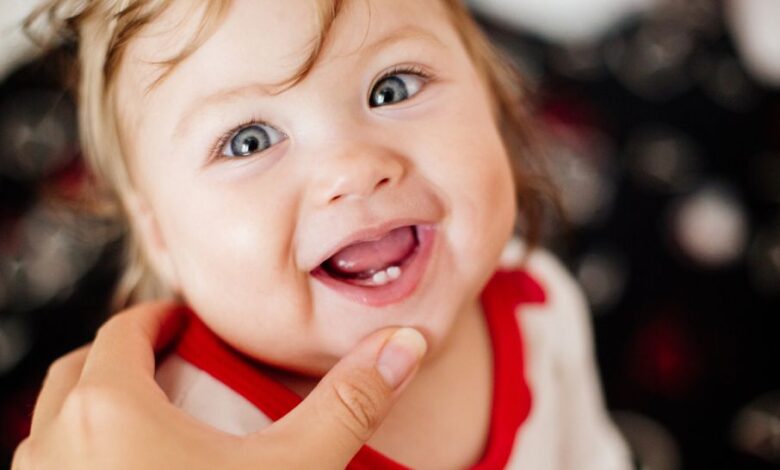The temporary teeth are not just predecessors of the permanent ones

The temporary (milk) teeth are in the human mouth from around 6 months to 10-14 years of age. This is usually the period from the eruption of the first temporary tooth to the shedding of the last one. Their role is not only to cause discomfort during their eruption and shedding. Many parents believe that taking care of temporary baby teeth is unnecessary, and their decay and early loss have no consequences for the dental-jaw apparatus. However, the facts are different, and certain recommendations should be followed to avoid various complications.
Milk teeth are the first ones that every child has. They usually erupt between 4 months and 3 years of age. Temporary teeth are 20 in number, including incisors (4 on each jaw), canine teeth (2 on each jaw), and molars (4 on each jaw). The first permanent tooth usually erupts around the age of 5-6 and is the 6th tooth with no temporary predecessor. The first milk tooth that falls out is usually the central incisor in the lower jaw, and this also happens around the age of 5-6.
The role of temporary teeth in the development of the facial-jaw area is crucial. It is considered that problems in the hard dental structures present in the temporary dentition are often a sign that there will be issues with the permanent ones. At the same time, the absence of the bud of any of the temporary teeth is a sign that the corresponding permanent tooth will likely be missing.
